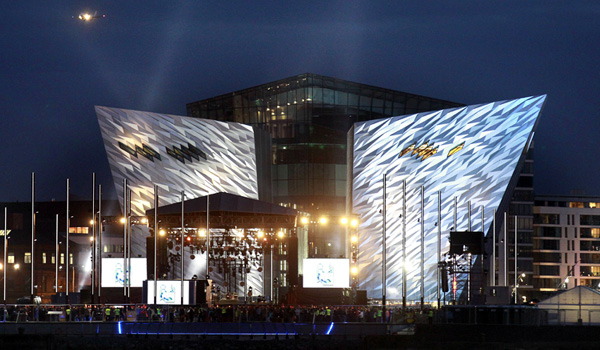Galway is a city in the West of Ireland in the province of Connacht. Galway lies on the River Corrib between Lough Corrib and Galway Bay and is surrounded by County Galway. It is the fourth most populous urban area in the Republic of Ireland and the sixth most populous city on the island of Ireland.
After a long day in Limerick, Cliff of Moher, Doolin, ... and a lot of kilometers finally we arrived in Galway. We slept in a B&B close to city, 5 minutes by car. The nightlife in the city center is busy, Traditional and contemporary music can be heard at numerous locations around the city. Among the most notable are The Crane Bar on Sea Road, The King's Head on High Street, Tigh Neachtáin and The Quays on Quay Street, Róisín Dubh and Monroe's Tavern on Lr Dominic Street.
The next morning, after our daily Irish breakfast we went back to the centre, the rush area is the Eyre Square, full of shops everywhere, we walked throught the city for saw the most important monuments of that.Spanish Arch, San Nicolás Cathedral, Lynch Castle and Salmon Street (where it's a funny place), overcrowded with fishermans trying to catch some salmons.
After that we take the car direction to Connemara National Park. The route is full of amazing views
The Killary fjord is 16Km long and is home of mussel farms

The final destination is The Kylemore Abbey, it is located in a really beautiful environment, beside a lake and surrounded by mountains

The Kylemore Abbey was before a castle, the Kylemore castle, which was built by Mitchell and Margaret Henry had inherited from his father a fortune and used this money to build a magnificent castle with gardens where they could enjoy a calm and pleasant life with their nine sons
After visited this amazing place we started a long trip to Derry

















.jpg)








